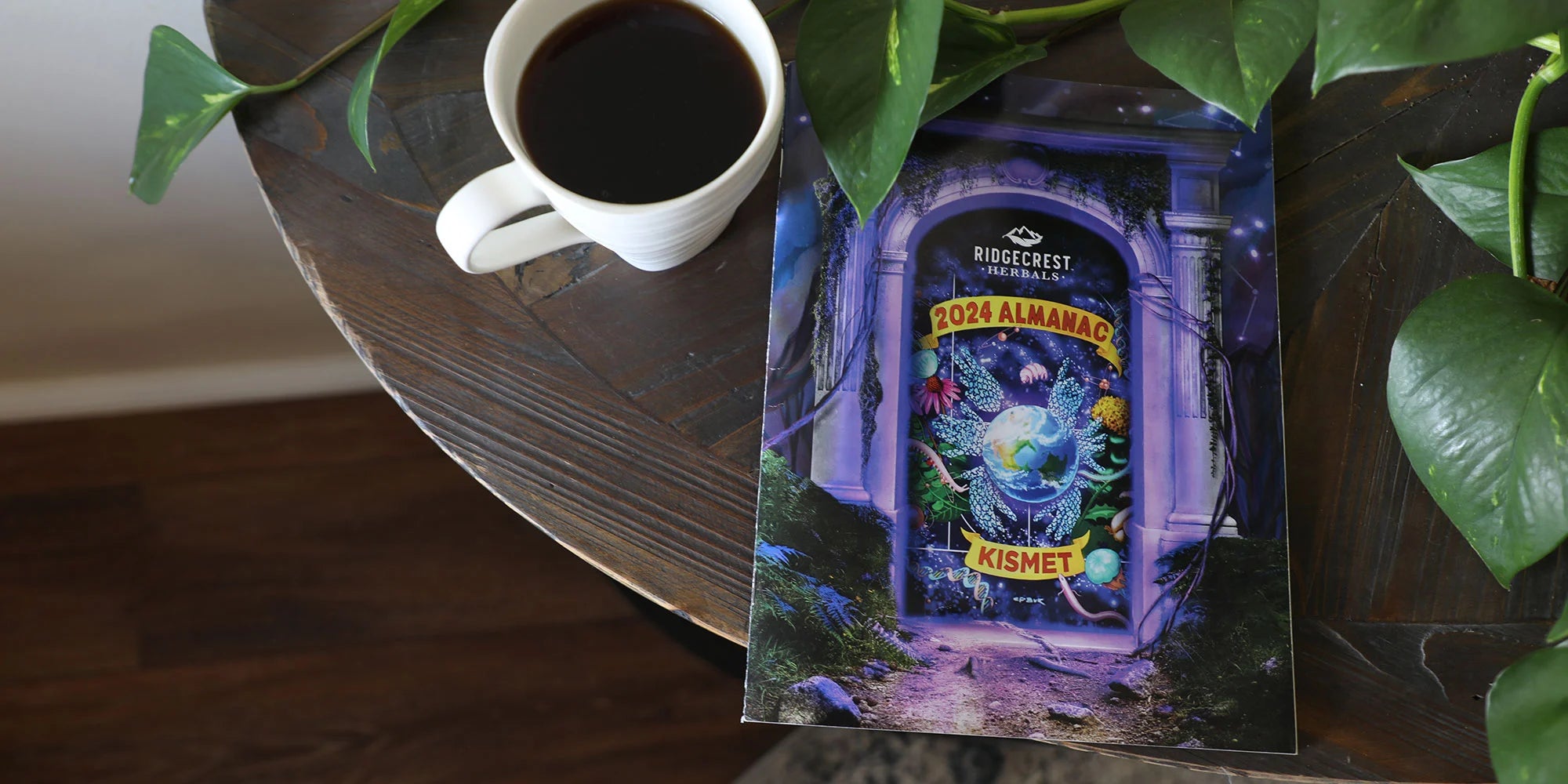Stinging Nettle - Urtica dioca
Woven into the Ming dynasty's expensive royal fabrics and a core element of a European fairy tale, the cultural and medicinal history of nettle is fascinating and far-reaching. It was used by the Romans and the Egyptians, as well. Stinging nettle received its taxonomic name, Urtica dioica, from the Latin word uro, to sting. This is one you have to be careful with if touching in the wild! Common in herbal medicine throughout the world, today, we know it is rich in multiple vitamins and minerals, fats, amino acids, and polyphenols. These nutrients make stinging nettle a useful resource to provide support for healthy hair growth. It also contains 5HTP, giving it an impressive potential to support the body's healthy inflammatory response and stress management.
Stinging Nettle Infusion:
Ingredients:
- 3 tsp dried nettles
- 2 tsp dried hibiscus
- 2 tsp dried elderberries
- 1 tsp dried thyme
- 1 tsp dried echinacea
- 1/2 tsp dried ginger
- raw honey, to taste
- juice of 1/2 lemon
Directions:
Mix herbs together in a jar, pot, bowl, or French press. Pour hot water over the herbs and let them steep for a few hours to overnight. Once infused, strain and add honey to taste, and a squeeze of half a lemon. Stir and enjoy.
Warnings:
Stinging Nettle, as the name implies, does have stinging hairs that can cause irritation to the skin, be sure to wear gloves when handling. Once dried, the stinging hairs are no longer an issue.
 |
 |
Stinging Nettle joins other equally effective herbs to formulate RidgeCrest Herbals SinusClear and Hair Revive. |



